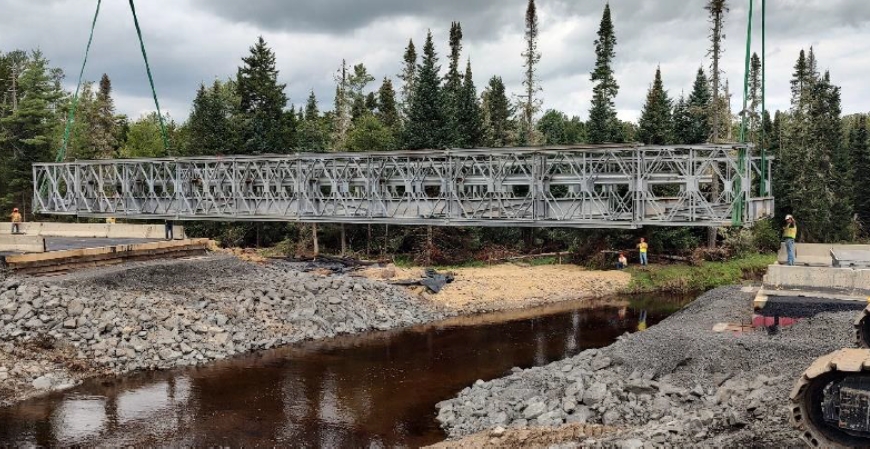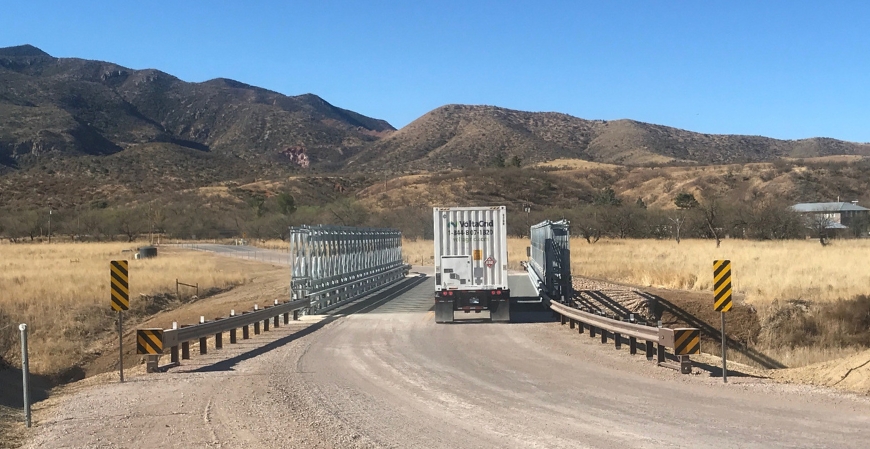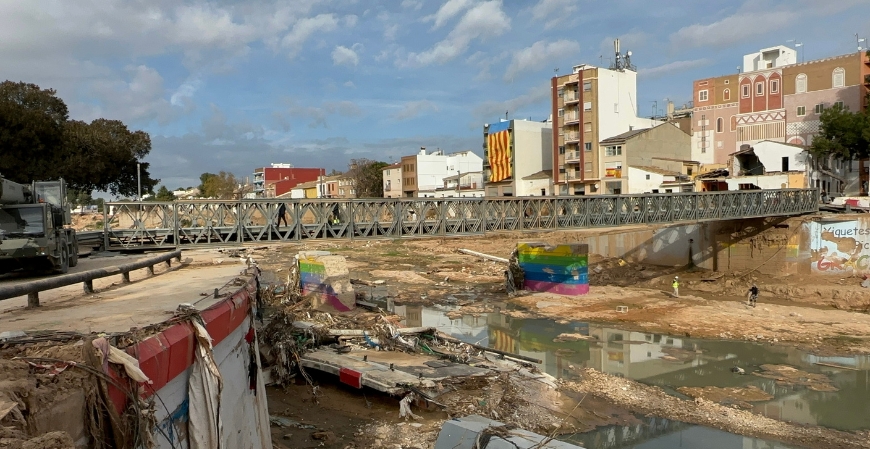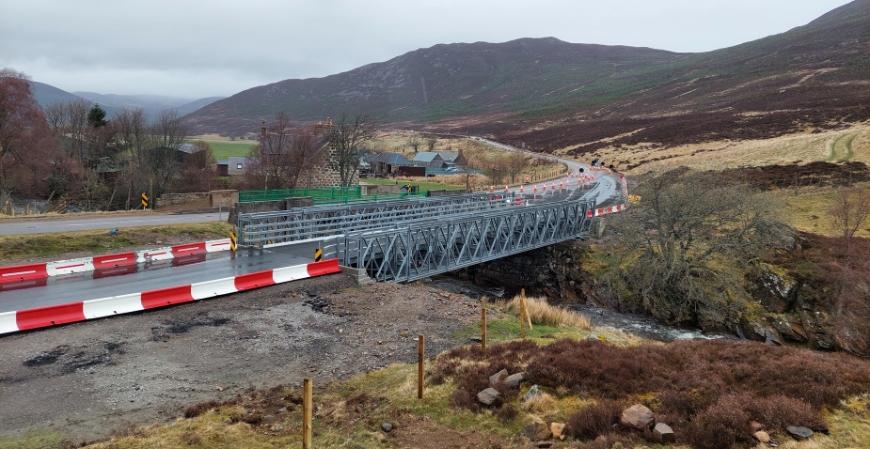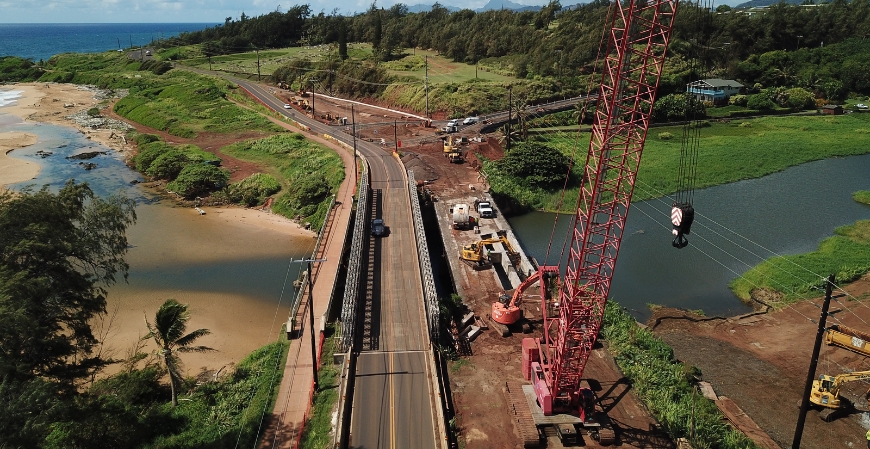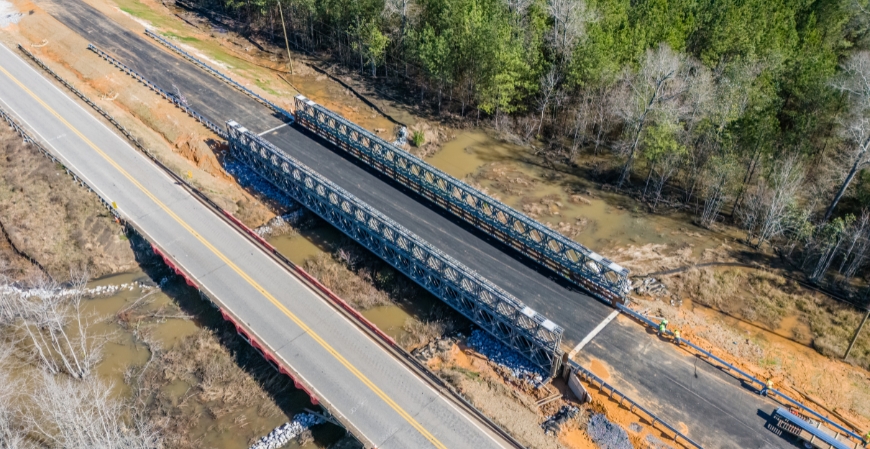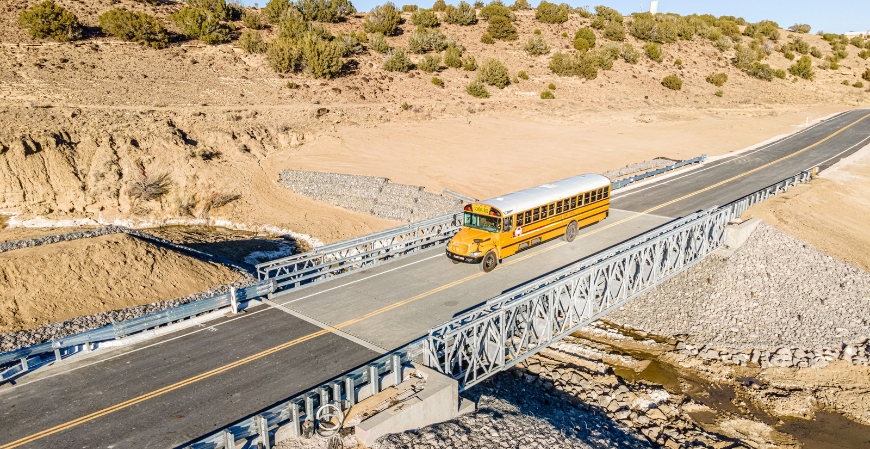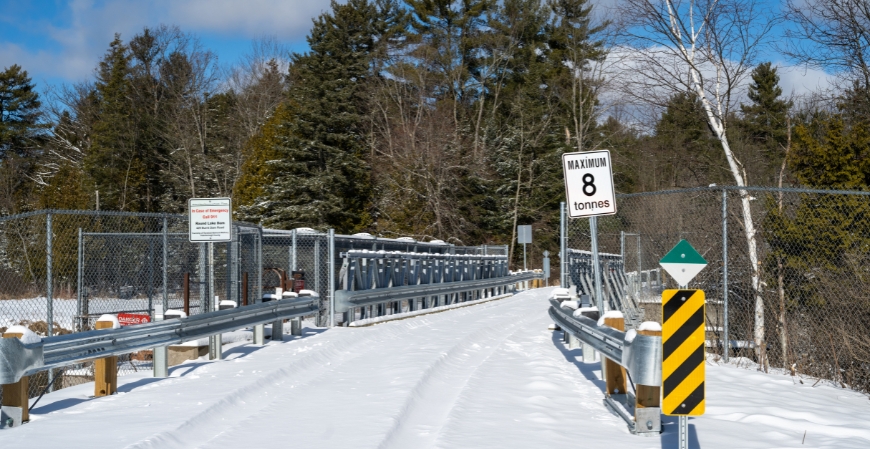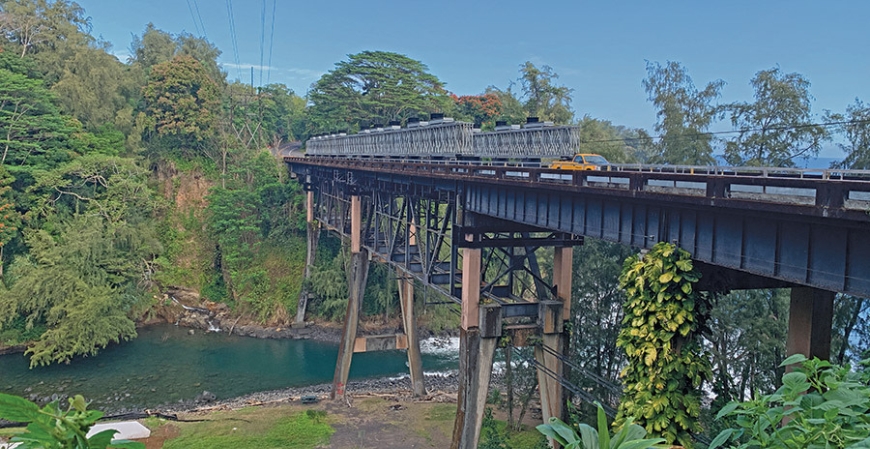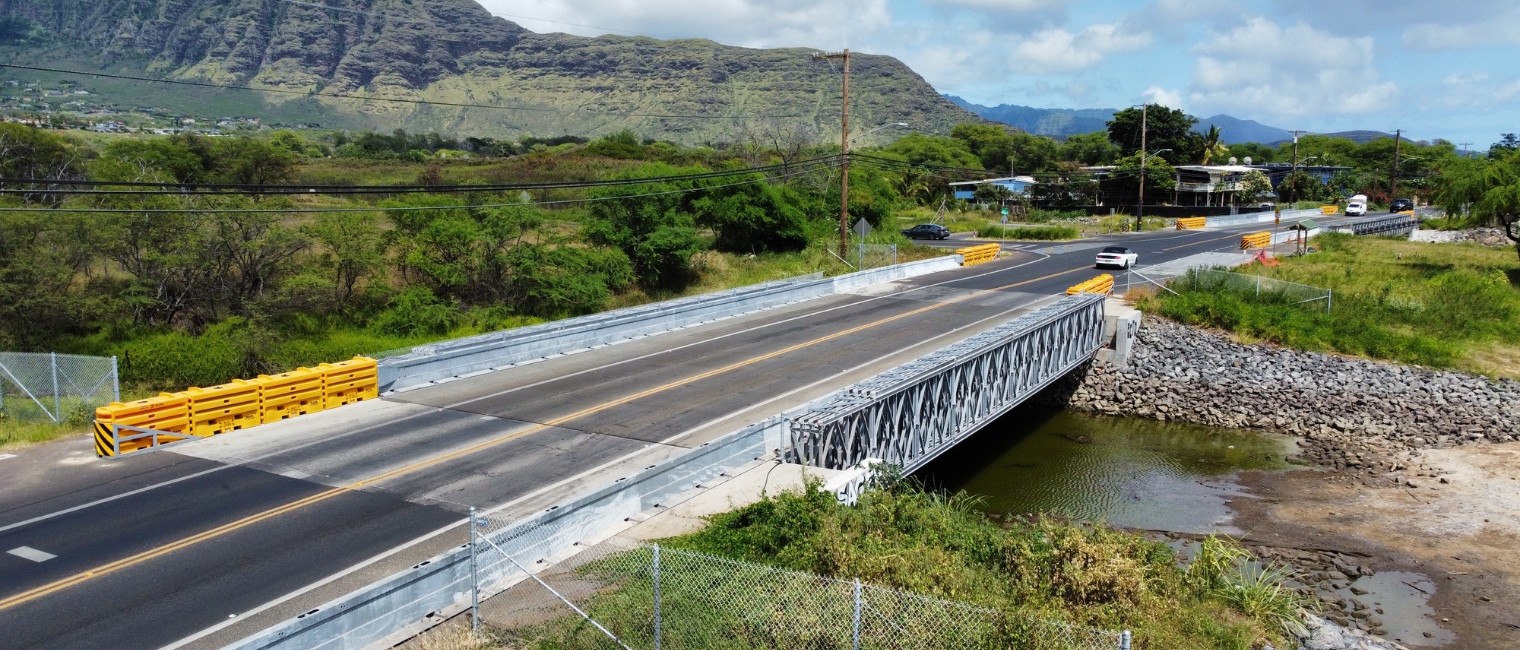
Modular steel solutions designed to withstand climate change and sea level rise
Located on Farrington Highway, a major coastal route on the Hawaiian Island of Oahu, Makaha bridges No. 3 and No. 3A were built in 1937. Although repaired over the years, the bridges had become structurally deficient and lacked adequate shoulders to safely accommodate an increasing volume of pedestrians and cyclists.
Slated for replacement, with original plans calling for reinforced concrete structures, HDOT ultimately selected Acrow’s prefabricated steel bridges, as they would reduce construction costs while addressing the long-term effects of climate change and sea level rise. Single clear-span structures were chosen over three-span structures (with piers in the stream) to further reduce the impact of rising water levels. In addition, rapid installation would reduce construction time and minimize impact on the public.
Two permanent Acrow bridges were provided to the project contractor, Grace Pacific LLC. Bridge No. 3 is 130 feet (39.62m) long, and Bridge No. 3A is 100 feet (30.48m) long. Each structure has two 11-foot-wide lanes (3.35m) with a 7.5-foot-wide shoulder (2.29m). Designed to AASHTO HL-93, the bridges have epoxy decks and MASH-compliant Zoneguard steel barriers. The bridges have a variable superelevation of 3% on the roadway and 2% on the pedestrian section to comply with ADA requirements. Because of the area’s harsh tropical marine environment, the steel structures have hot-dip zinc galvanization exceeding ASTM International requirements for more than 100 years of corrosion protection.
Originally planned to be built in place, the excessive length of available detour routes led to the decision to assemble the bridges off alignment and install them with a lateral slide. The bridges were installed over two weekends in fall 2023, with each requiring a 72-hour closure of the highway. Shortly after installation, each route was reopened to traffic. In addition to providing safe, reliable access for residents, Acrow’s bridges have improved hydraulic openings and are expected to withstand a 100-year flood event without overtopping.
